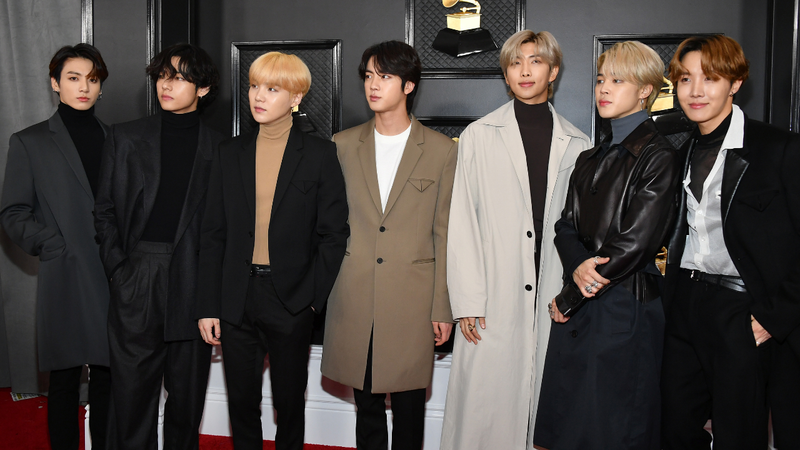Want to know what fans are talking about when they mention ‘Bias’ or ‘Sasaengs’? Check it out
THE K-pop was one of the first musical genres to harness the power of the internet to connect with fans around the world. The groups invest heavily in online content, such as music videos, live performances and social media interactions, which contributed to the creation of an extremely engaged global fan base, with its own language.
With the growth of the genre, several artists achieved enormous success on digital platforms, accumulating billions of views on YouTube, groups such as BTS, BLACKPINK and TWICE.
That the K-pop has already won fans all over the world is nothing new, but to truly understand this global phenomenon, it is important to know the specific vocabulary that revolves around this culture. Want to know what fans are talking about when they mention “Byou would” or “Sasaengs“?
Check out the glossary:
-
Aegyo (Egyo): It’s the cute way artists do things. They make gestures or speak in a sweet way to charm their fans.
-
Akgae: A fan who only likes one member of a group, ignoring or even criticizing the other members.
-
All-kill: When a song reaches the top of all South Korean music charts at the same time. This is like the “Oscars” of music charts there.
-
Bias: Your favorite member of a group. Every fan has their own biasit’s almost a rule!
-
Comeback: Every time a group or artist releases a new song or album, it is called a comeback, even if not much time has passed since the last release.
-
Debut: When an artist or group makes their first official performance.
-
Disband: It’s the dreaded end of a group. Fans don’t even like to think about that word!
-
Fandom: The group of fans who faithfully follow an artist or group. Each fandom has its own name, such as the ARMY (of the BTS) or the Blinks (of the BLACKPINK).
-
Idol: This is the name given to K-pop stars. If you are an idol, it means that you have achieved a level of fame and excellence in the industry.
-
Lightstick: An essential accessory for K-pop concerts. Each group has their own personalized lightstick, which fans wave during their performances. Seeing the stadiums filled with lights is an incredible sight!
-
MV: Abbreviation for “music video”, that is, the music video.
-
Sasaengs: Obsessed fans, who often stalk and invade artists’ privacy, are a controversial part of K-pop culture.
-
Sub-unit: Large groups often split into subgroups, where some members work on separate projects but still within the same main group.
-
Title track: The main song on an album or EP, often the one that gives the album its name.
-
Trainee: This is the name given to an artist in training. Many trainees spend years preparing before finally debuting as an idol.
The origins of K-pop and its global rise
The history of K-pop began in the 1980s, when the South Korean government decided to invest heavily in exporting local culture, including music, films and series. But it was only in 1992with the presentation of the group Seo Taiji & Boysthat’s when things really took off. They mixed Western influences like rap and hip hop, and from there the K-pop industry really took off.
Large companies like HYBE, JYP, YG and SM Entertainment began to launch groups that soon conquered the world. Names like BTS, BLACKPINK and TWICE have become a global craze, dominating the charts and gaining fans in every corner of the planet.
Source: Rollingstone
Emma Jack is a writer at Gossipify, covering fashion, beauty, lifestyle, and pop culture trends. She stays current on the latest trends and offers readers up-to-date information on what’s hot in the industry. With a background in fashion journalism from Parsons School of Design, she offers a unique perspective and analysis of current trends.









